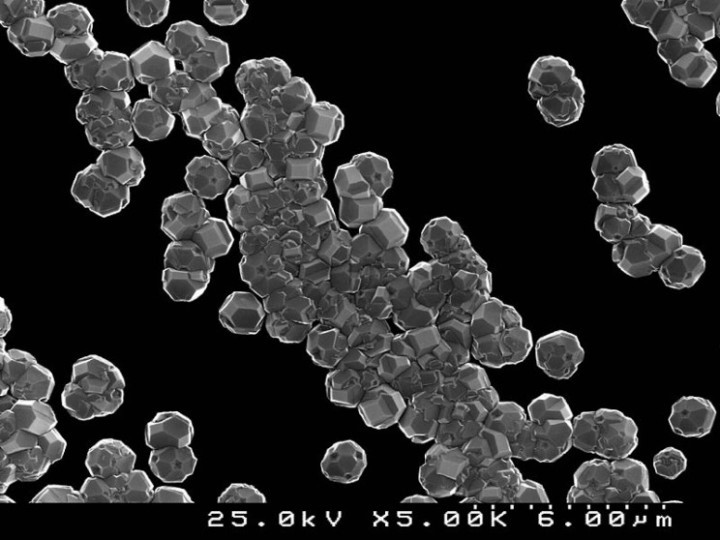
July 24, 2022
FINDING AN ALTERNATIVE TO LITHIUM-ION BATTERIES
As the title states, finding and alternative to Lithium-ion batteries and some of the other battery chemistry’s is a pretty hot topic.
Lithium type batteries are in batteries serving mankind all around us. Im not going to go into the various types of batteries but will focus on tonights discussion on one that hasn’t been talked about very much.
That battery is a NANO-DIAMOND BATTERY.
Throughout tonight’s discussion, you’ll see a few terms and items high-lighted in Green for you to research further into their details.
Just mentioning the term NUCLEAR BATTERY to some folks struck a nerve and yielded a lot of responses….indicating that it would be great as a TEK NET topic.
First, a bit of background into the actual Nuclear or Nano-Diamond Batteries (NDB) that is being used at this time and then on to the people and company’s trying to bring it into the main stream use in consumer electronics.
Doing some research as to how expired and no longer usable Lithium batteries are being dealt with, I came across some disturbing data, which makes the intense push for new battery technology.
It seems that one way that our industry is coping with the un-recycleable lithium battery is to ship it to…CHINA. China’s idea of disposing of Lithium batteries is to inexpertly salvage or burn the devices, this of course ends up as toxic waste going into the air or finding its way into the water supply.
An atomic battery, nuclear battery, radio-isotope battery or radio-isotope generator is a device which uses energy from the decay of a radioactive isotope to generate electricity.
Like nuclear reactors, they generate electricity from nuclear energy, but differ in that they do not use a chain reaction.
Although commonly called batteries, they are technically not electrochemical and cannot be charged or recharged.
They are costly, but have an extremely long life and high energy density, and so they are typically used as power sources for equipment that must operate unattended for long periods of time, such as spacecraft, pacemakers, underwater systems and automated scientific stations in remote parts of the world….example: monitoring equipment along the pipeline running across the barren parts of Alaska since the 1970’s.
Nuclear battery technology began in 1913, when Henry Moseley first demonstrated a current generated by charged particle radiation.
The field received considerable in-depth research attention for applications requiring long-life power sources for space needs during the 1950s and 1960s.
In 1954 RCA researched a small atomic battery for small radio receivers and hearing aids.
Since RCA’s research and development in the early 1950s, many types and methods have been designed to extract electrical energy from nuclear sources.
The scientific principles are well known, but modern nano-scale technology and new wide-bandgap semiconductors have created new devices and interesting material properties not previously available.
Nuclear batteries can be classified by energy conversion technology into two main groups: thermal converters and non-thermal converters.
The thermal types convert some of the heat generated by the nuclear decay into electricity. The most notable example is the radioisotope thermoelectric generator (RTG), often used in spacecraft.
The non-thermal converters extract energy directly from the emitted radiation, before it is degraded into heat. They are easier to miniaturize and do not require a thermal gradient to operate, so they are suitable for use in small-scale applications. The most notable example is the betavoltaic cell.
A betavoltaic device (betavoltaic cell or betavoltaic battery) is a type of nuclear battery which generates electric current from beta particles (electrons) emitted from a radioactive source, using semiconductor junctions. A common source used is the hydrogen isotope tritium.
Atomic batteries usually have an efficiency of 0.1–5%.
High-efficiency betavoltaic devices can reach 6–8% efficiency.[4]

Of all the promising new battery tech being worked on today, the most exciting has to be Nuclear batteries. Not only would such batteries potentially last dozens or even hundreds of years, but they would also generate their own power from radiation, but they would never need to be recharged.
As if the concept of nuclear batteries couldn’t sound any crazier, the ones that might one day find their way into our phones and cars would actually be made of artificial nanodiamonds.
What is NDB?
NDB or Nano Diamond Battery is an innovative energy generator and storage that redefines and revolutionizes the battery as we know it.
Dr. Nima Golsharifi speaking metaphorically, it’s similar to solar panels: “the difference is that NDB generates electricity using the radiation from waste materials instead of from light.”
It’s long-lasting properties are ensured by convert the radioactive decay energy from nuclear waste into energy.
NDB is a tiny, modular, cost effective and scalable from chipset size to industrial applications.
To call the science behind these nanodiamond batteries complex is an understatement.
Essentially, in the simplest terms possible, radioactive elements are extracted from nuclear waste and encased in diamonds using chemical vapor deposition. The diamond then acts as a transducer to transform the radiation into electricity.

